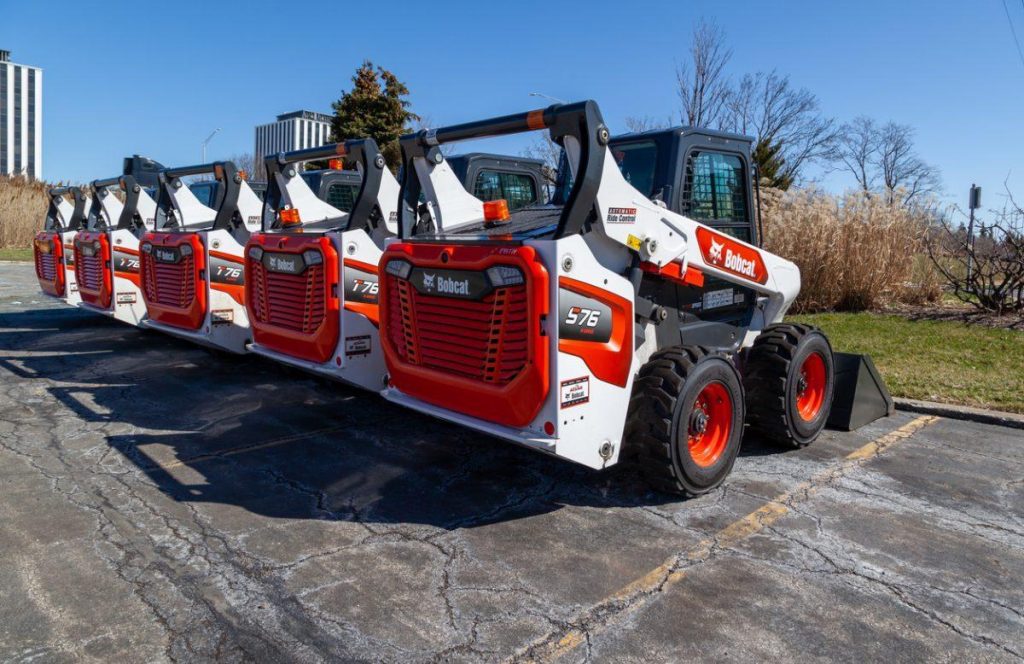What You Need To Know About A Skid Steer Loader Maintenance
Regardless of the size or model chosen, loaders require a considerable investment. Getting the most profits possible from such investments is crucial. The compact loader must be kept in good condition whether it is used daily or perhaps once a year to ensure lifetime and prevent expensive repairs that lengthen downtime. Fortunately, maintaining the health of the compact loader is not a difficult task, and a regular maintenance schedule that includes different maintenance strategies is required.

Regular Maintenance Stops Unnecessary Expense
In order to keep the compact loader healthy, proactive measures must be taken before any issues arise. Preventive maintenance assists in identifying minor concerns before they develop into more serious issues. The majority of preventive maintenance programmes call for monitoring the loader carefully and adhering to planned inspections. Maintaining the manual or maintenance guide might help you spot potential issues.
Maintaining A Loader Daily
The best thing you can do for the compact loader is to conduct daily inspections. These brief inspections can be the difference between an immediate part replacement and two weeks of downtime. Three actions should be taken each day: Visually inspect the hoses, fasteners, and seals for wear or damage. Additionally, now is a good time to grease the pivot points.
Check the levels of all the fluids, including the coolant, fuel, and hydraulic fluid. Check the engine and hydraulics for leaks when working in the engine compartment.
Before you start up, check the tyre pressure on each tyre. The performance and lifting capability of the compact loader are impacted by over- or under-inflated tyres, which might have an impact on the machine’s health. After beginning the compact loader, let it run inactively for a while. Watch for any unsettling motions and listen for any odd noises.
Maintaining A Loader Regularly
In addition to daily inspections, the majority of heavy machinery needs maintenance work at the 250, 500, and 1,000 hour marks. For information on the precise maintenance requirements at these intervals, consult the handbook or maintenance guide. In general, filters that have been used should be changed along with the engine oil. Even though it might seem obvious, it is simple to overlook how crucial the right fluid level is to the proper operation of the compact loader.
Seasonal Maintenance Of A Loader
To prevent wasting days of productive time, the compact loader must be well prepared for extreme cold or heat. It is vital to check fluid levels, oil the pins, bushings and pivots because hot and cold weather can change fluid viscosity and temperature.
Make sure the radiator and oil cooler are clean and functional during hot weather. Additionally, pay close attention to the coolant levels. The battery is at risk of losing voltage when it’s chilly outside since fluid viscosities are so important. Before the battery can no longer power the device, it must be regularly checked for voltage, recharged, or replaced.
An alert eye is the most important component of the maintenance strategy. To save maintenance costs and downtime, it is essential to identify issues before they become serious enough to cause breakdowns. In order to make sure the machines are constantly in top condition, it is helpful to proactively monitor each machine’s maintenance requirements by setting alarms for when gasoline, oil, coolant, DEF, and other fluids are getting low.

